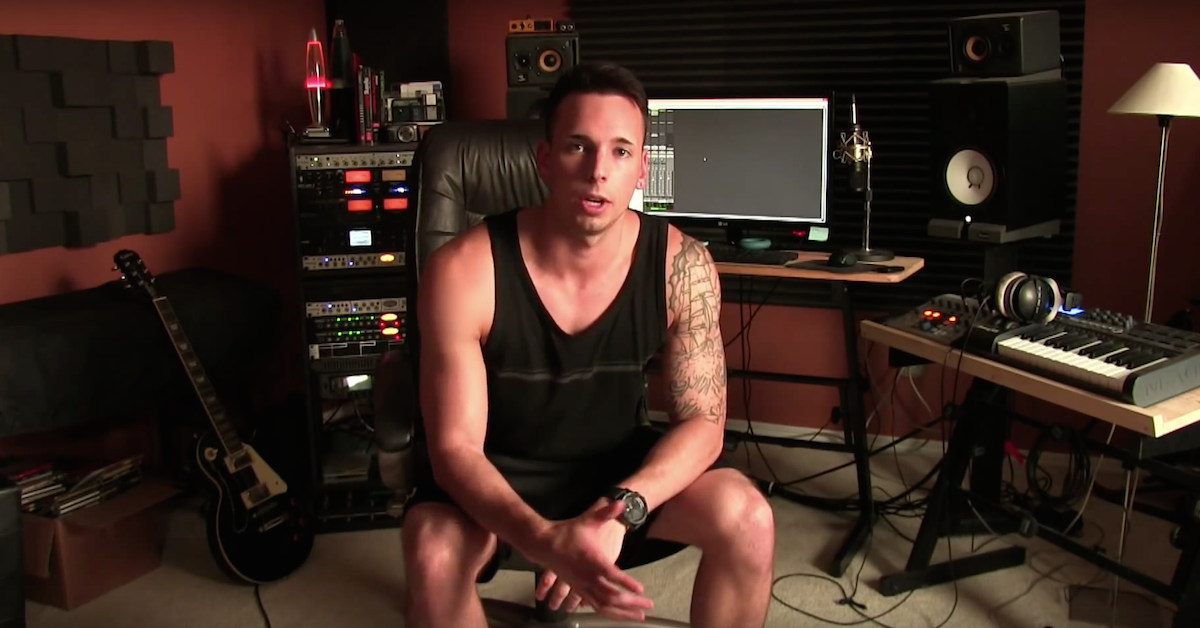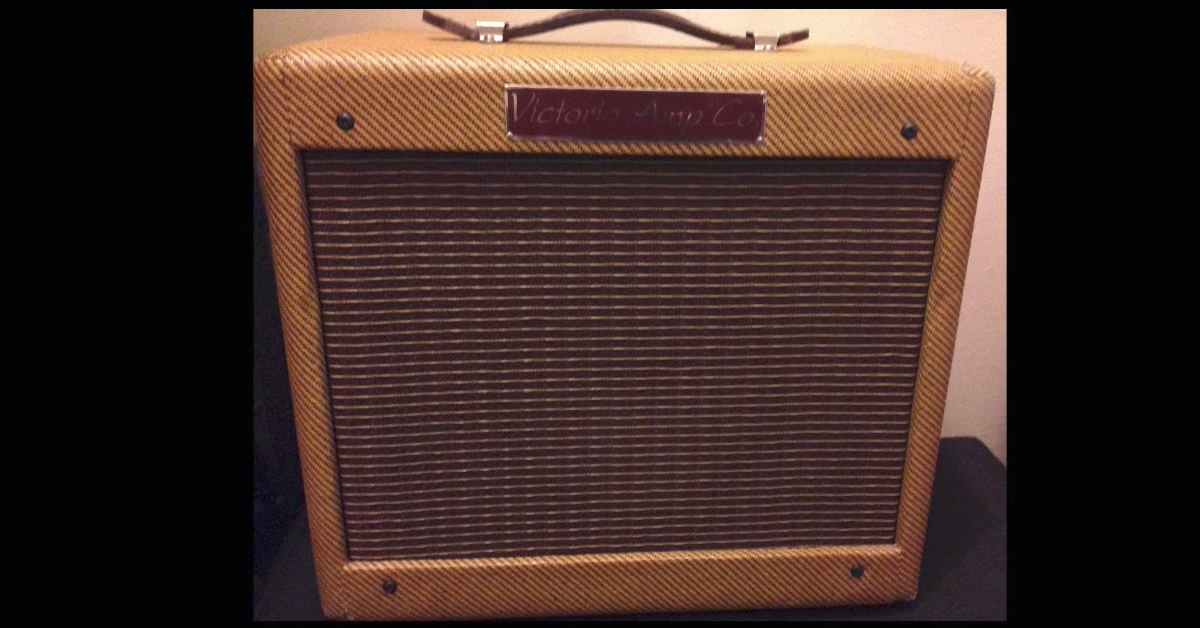5 Easy Steps for Getting a Monster Guitar Sound
Article Content
Having been in rock bands in Seattle as a guitar player for the earlier part of my music career, I’ve spent copious amounts of time with electric guitars and amps. Guitars can define a rock record or the type of sub-genre you’re producing. Since rock is more stripped down in production compared to EDM or much of Top 40, each instrument has to stand confidently on its own.
I’m dating myself here – but imagine if Everlong by Foo Fighters didn’t have that iconic grungy guitar sound or if Green Day never met Jerry Finn to get that legendary pop-punk guitar. I’m here to spill the beans, so you can get those guitars just right in five easy steps.
1. It All Starts with Humbuckers
You want your guitars to sound huge! I’ll provide two great options for humbuckers to start, but there are many others out there you want to try. Gibson’s are well known for their pickups because they will give you a lot of tone. My favorite is the Gibson ’57. They sound rich, full and deep. That creamy, aggressive sound that fills up the frequency spectrum can be found with these humbuckers.
The other pickups that I’ve had much success with are EMG. EMGs are well known for their clarity and output, and are great for leads. When you start bringing in the bass, drums and other instruments in a rock mix, frequencies will begin fighting for space. EMGs will allow your guitars to cut through competing instruments and stand out amongst the crowd.
2. Guitar Strings
You’re thinking, “really?” Yes, really. You wouldn’t think that guitar strings would play a big factor in guitar production, but they make a substantial difference when it comes to layering guitar parts. If you don’t have the luxury of using multiple guitars in your record – or even if you do — using thinner gauged strings to bring out the shimmer and sparkle of the guitar, and thicker gauged strings to accentuate the growl and attitude can help fill out your guitar layers nicely.
3. Mix and Match Heads and Cabs
Go and find two sets of guitar heads and cabs. Did you know you can get a completely different guitar tone with the same head but different cab? This is something I discovered while recording countless bands during the pop-punk era in Seattle.
There was a session where I tried using an Orange guitar head with an Orange 4×4 cab, then playing the same guitar with an Orange head and a Dr. Z cab to get a completely different tone. The Orange brought out the smoothness of the guitar, and the Dr. Z cab gave it a bite that I couldn’t quite replicate with the Orange cab.
In my opinion, if you can get a great dark guitar tone and a bright guitar tone, you can mash them together to get the best of both worlds. You’re getting closer to those monster guitars.
4. Try Different Mics
There are hundreds of different mic combinations you can try as well as miking techniques, so let me keep it simple and tell you what works for me. If you’ve been to any recording studio, or even a concert, you’ve probably seen an SM57. These mics are cheap, but a must have for recording guitars.
If you can find an SM57, place it directly over the center of one of the speaker cones about an inch and a half away to grab the attack of the guitar. Then on one of the other cones, place a Royer ribbon mic the exact same distance away to capture the weight of the guitar. The Royer can smooth out any harshness of the guitar tone, and bring out the body like a natural EQ. I want to stress the importance about the distance of the two mics because you don’t want to introduce phase issues. Look it up, it will give you a tighter and punchier guitar sound without much processing.
5. Bring it All In
Now you have all these great dark tones and silky, edgy tones. How do we blend them together in the mix? Should we pan them all hard left and right? Should we put them all down the middle? Here’s my approach:
I want you to think about this for a moment. Where does the bass usually live in a mix? Dead center. Why? Low frequencies sound most powerful coming straight down the middle as it hits your chest. This means you might want your low tone guitars to be panned slightly to the left and slightly to the right (10 o’clock and 2 o’clock).
For all your high-frequency guitars, you might want to pan them hard left and hard right. High frequencies will make your axe sound wider when to the far left or right of the soundstage.
When it comes to guitars, I’ve had as many as 5 sets in a mix to layer. I’ve used a few pairs for highs and a few pairs for lows with different amp and mic combinations and played around with the panning.
Having many guitars in a mix doesn’t guarantee a big sound. If you didn’t engineer and record them correctly, it could sound like a hot mess. Having a killer guitar player perfectly lay down the takes can’t hurt either and save you a bunch of studio time and headache. If you don’t have many guitars or guitar amps, you can always go the plugin or digital route.
I’ve had the pleasure of recording guitars with a Kemper amp before, which is a lot of fun. Record your parts clean, then play around with all the different possibilities with the amp modeler and create your favorite combinations. This goes without saying, but having a talented mix engineer to blend them all together can go a long way. Experiment with all these different techniques. You might become the author of the next iconic guitar sound!






